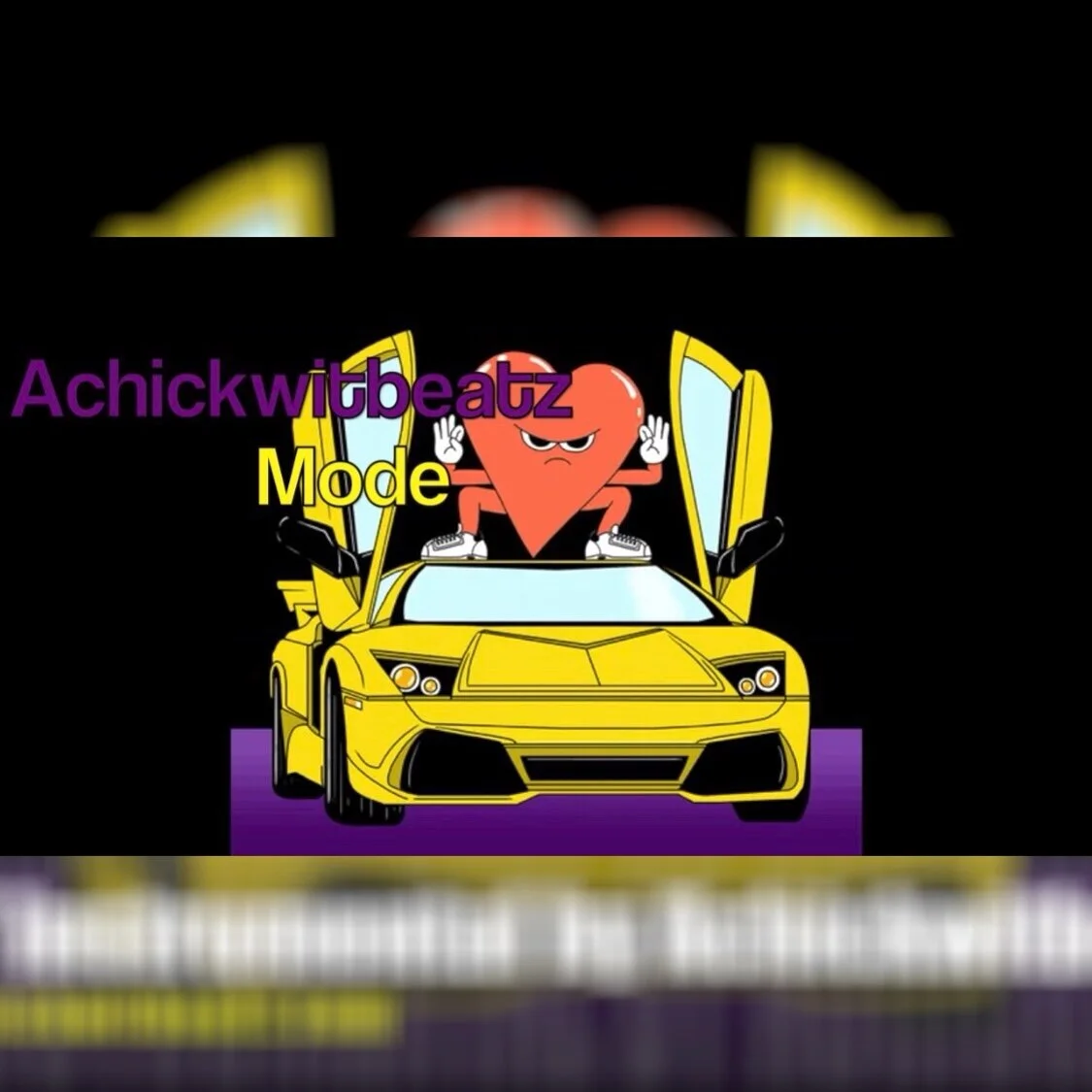Photo by Tai's Captures on Unsplash
As someone who runs a music blog and podcast and creates music myself, I’ve seen both ends of the feature request. I know what it's like to send out a dozen pitches and get silence, and I know what it's like to wake up to an inbox full of copy-pasted requests that make me want to hit the block button with a swiftness.
If you're an independent artist trying to get featured on music blogs and podcasts, it’s important to realize that there’s more to it than just sending your link and hoping for the best. And from where I sit, the difference between an ignored email and a spotlighted feature typically boils down to how well you understand the person on the other end.
Why Features Still Matter
Photo by Jonathan Farber on Unsplash
Social media is now one of the most dominant ways fans discover music, causing some people to question whether blog or podcast coverage is even worth it anymore. The answer is a definite yes, especially if you're playing the long game.
A well-placed blog write-up or podcast interview gives you:
Searchable content about you and your music
Context and narrative, not just a link or a viral clip
Social proof when reaching out to venues, collaborators, or press
Niche audience exposure, which often converts better than broad reach
Streaming numbers matter, but third-party validation still carries major weight in this industry when you're building a foundation.
What I Look for When Choosing Who to Feature
Photo by Tyler Chandler on Unsplash
Time is of the essence for most multitasking creatives, so what doesn’t work is mass emails, generic DMs that just say “check me out,” or pitches that don’t acknowledge what my platform actually covers. I don’t expect anyone to know the full history of my blog or podcast, but pitches that are so off-base that they reveal the person has never read a post or listened to an episode…get rerouted to trash. Most people who run blogs or podcasts are putting in a lot more labor than what they receive in return. Time is valuable, so people who commit these errors eliminate themselves from consideration, making it easier for us to choose from those who will genuinely appreciate it.
Here’s what grabs my attention when someone reaches out:
1. Clear Alignment with the Platform
It saves me time when I can easily see how the feature fits with the format. Before pitching, take at least 10 minutes to look at the type of music covered or the themes explored. For example, sending generic mainstream-mimicking music to a podcast that focuses on independent creatives wastes everyone’s time. You won’t be happy with the response from an unrelated audience, and the audience won’t be happy receiving content they aren’t interested in.
2. Context, Not Just a Link
I can make a decision much more quickly when I know the ‘why’ behind what the feature is doing. Introduce yourself briefly. Tell what makes this project unique, or why it fits with what’s covered. No need to share your life story, but if you’ve been influenced by a specific era or are experimenting with an underrepresented sound, make it known.
3. A Useful Press Asset
If I have to search to see if a feature is a good fit, it drops lower on my list of priorities. At a bare minimum, include a clean link to stream your music, a one-sheet or EPK with your bio, a press photo, and your social media links. Bonus points if I don’t have to download 10 attachments or sign into Dropbox just to hear your song.
4. A Human Touch
There are many writing tools available to help streamline the pitching process, and there is nothing wrong with utilizing them. However, you should make sure that it represents your voice and that it is tailored to the recipient. I can tell when you’ve taken the time to reach out directly, and so can every other blog or podcast host. A real message is 10x more likely to get a reply than a mass pitch.
What I’ve Learned From Being Featured
Photo by Aluminum Disemboweler3000 on Unsplash
On the flip side, I’ve had the privilege of being featured on some dope music blogs, indie radio stations, TV, and creator-led web and podcast series. What I’ve learned from that side:
Features compound. One small blog feature can lead to another, especially when outlets start to notice your name popping up.
Your attitude matters. Being easy to work with goes a long way. If you're responsive, appreciative, and respectful of someone’s platform, people remember that.
Repurpose everything. Every feature you land can be turned into a social post, a quote for your website, or a talking point in your newsletter. Don’t just let it sit there.
Also worth noting, sometimes features don’t move numbers immediately. But they build credibility, and that credibility opens doors you might not see yet.
How to Reach Out Without Burning Bridges
Photo by Luke Besley on Unsplash
If you’re just starting out, here’s what I suggest based on what I’ve seen work and what I personally respond to. Think of this phase less like promoting and more like relationship-building. The artists who approach early outreach with curiosity and consistency rather than urgency or pressure tend to stand out over time. You don’t necessarily need a polished PR strategy; you just need to show up with clarity, care, and a willingness to learn what works.
1. Start Local or Niche
You don’t need to shoot for Rolling Stone or XXL out the gate. Search to find blogs and podcasts that align with your genre, geography, or story. Indie doesn’t necessarily mean small, but it does mean community. These platforms often have stronger engagement and more responsive audiences, making them ideal places to build genuine relationships and momentum.
2. Respect the Platform’s Format
If it’s a podcast, listen to an episode. If it’s a blog, read a recent post. Mention something specific. That alone puts you ahead of 90% of people pitching. It also shows that you’re not just looking for exposure, but that you’re looking to connect with the platform’s mission and voice, making your pitch more meaningful.
3. Make It Easy to Say Yes
Include everything they need to say yes, your streaming link, a short pitch, an EPK, and contact info. Don’t make them dig. A well-organized email shows that you respect their time and take your own work seriously, which immediately sets a professional tone.
4. Be Patient, Not Pushy
Follow up once, maybe twice, but definitely not every three days. Trust that if it’s a fit, they’ll reach out. If not, it wasn’t the right platform this time. Persistence is valuable, but trust-building comes from consistency and professionalism, not pressure, especially in a relationship-based industry.
Getting featured on blogs and podcasts is bigger than just getting exposure, it’s about building relationships. Some of the artists I’ve featured have become collaborators. Some of the features I’ve received led to unexpected opportunities. You never know who’s listening, watching, or reading. If you're serious about building your presence, treat every interaction as part of a broader strategy. Respect the platforms you're pitching. Bring your real story. Make it easy for us to help you win. And if you're wondering where to start...you're already here.
- Art
- Independent Labels
- Internet Radio
- Music Documentaries
- Album Reviews
- Music History
- Music Industry News
- Free Game Friday
- Free Downloads
- Poetry
- Books
- Interviews
- Did You See It?!
- Hip Hop History
- Hear Here
- Music News
- Hip Hop Documentaries
- Music Marvels Radio Show
- Think Piece Thursday
- Mini Documentaries
- Instrumental Intel
- Music Humor
- Indie Analysis
- Conversations & Quotables
- Music
- Resources for Artists
- Podcasts
- Beats/Instrumentals
- Music Education
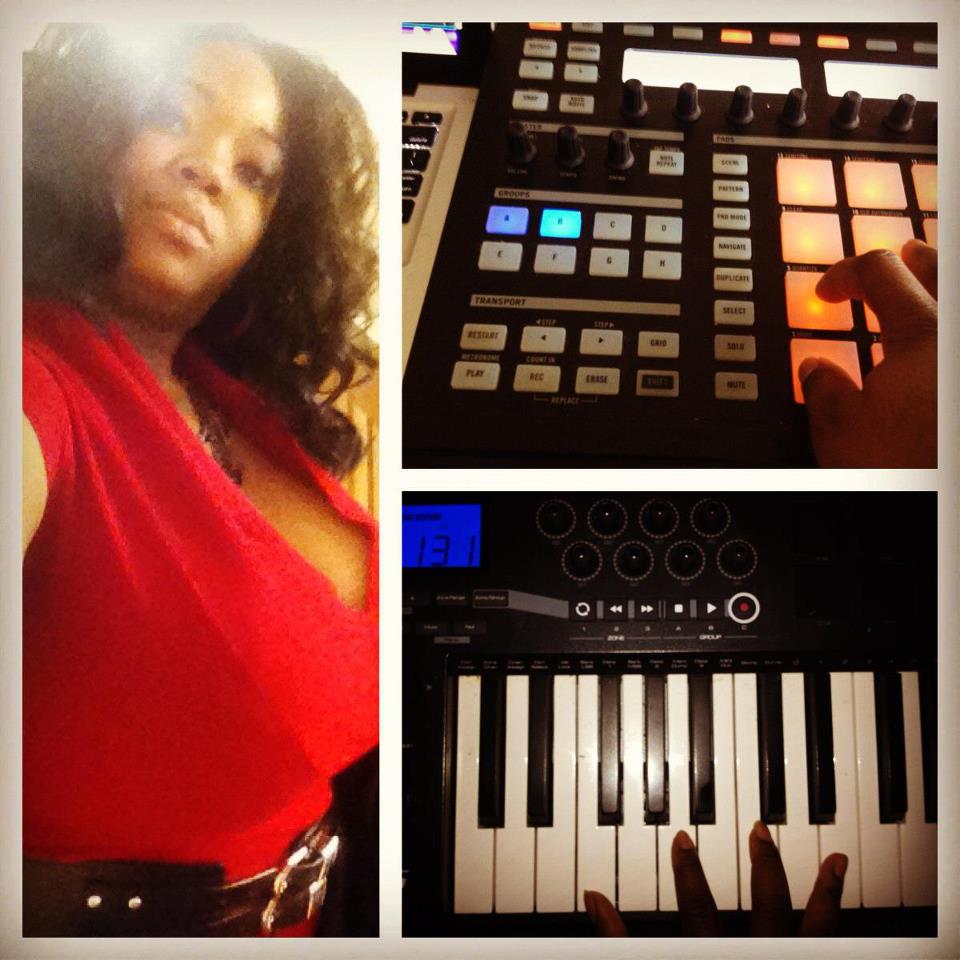
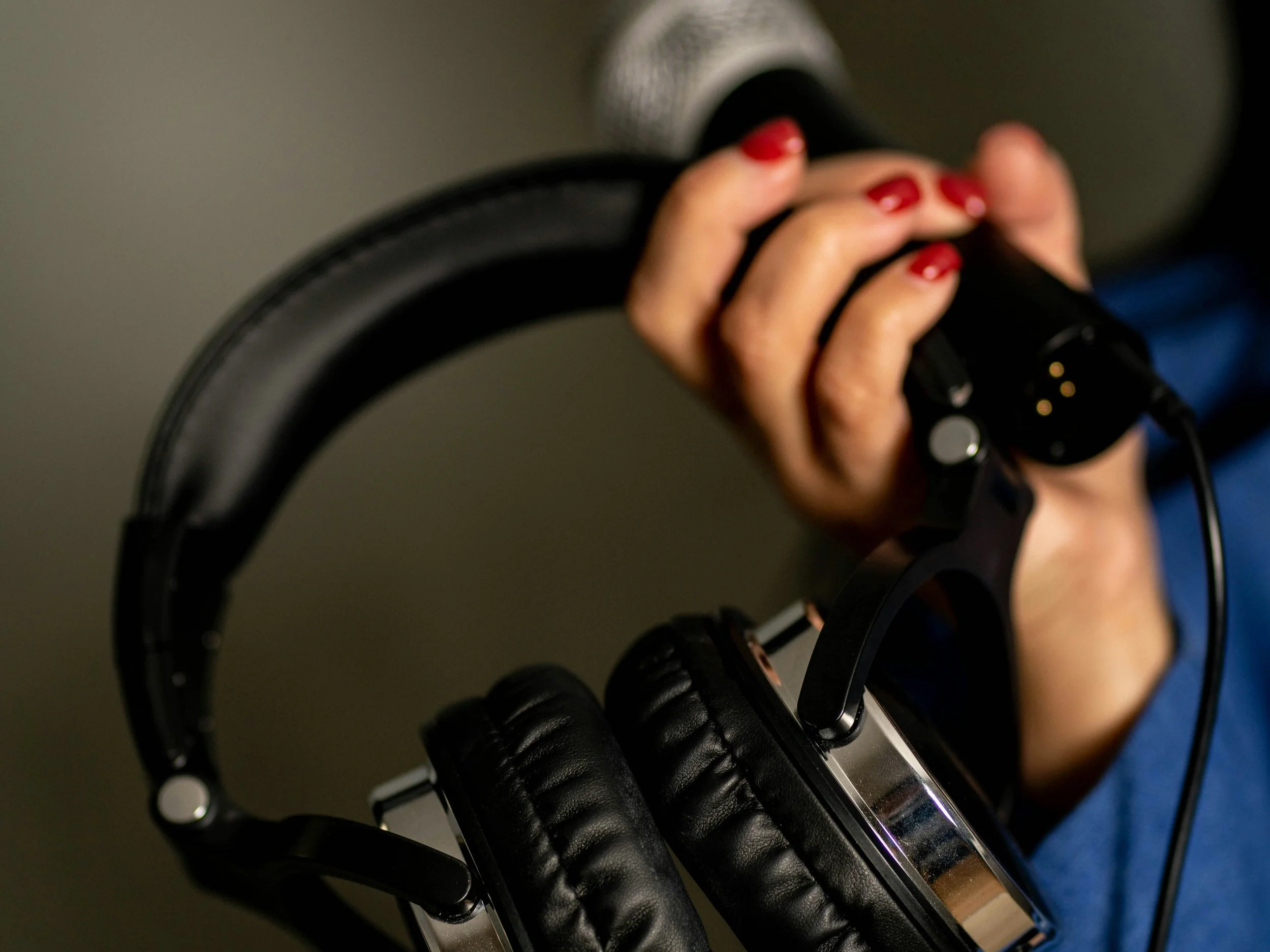
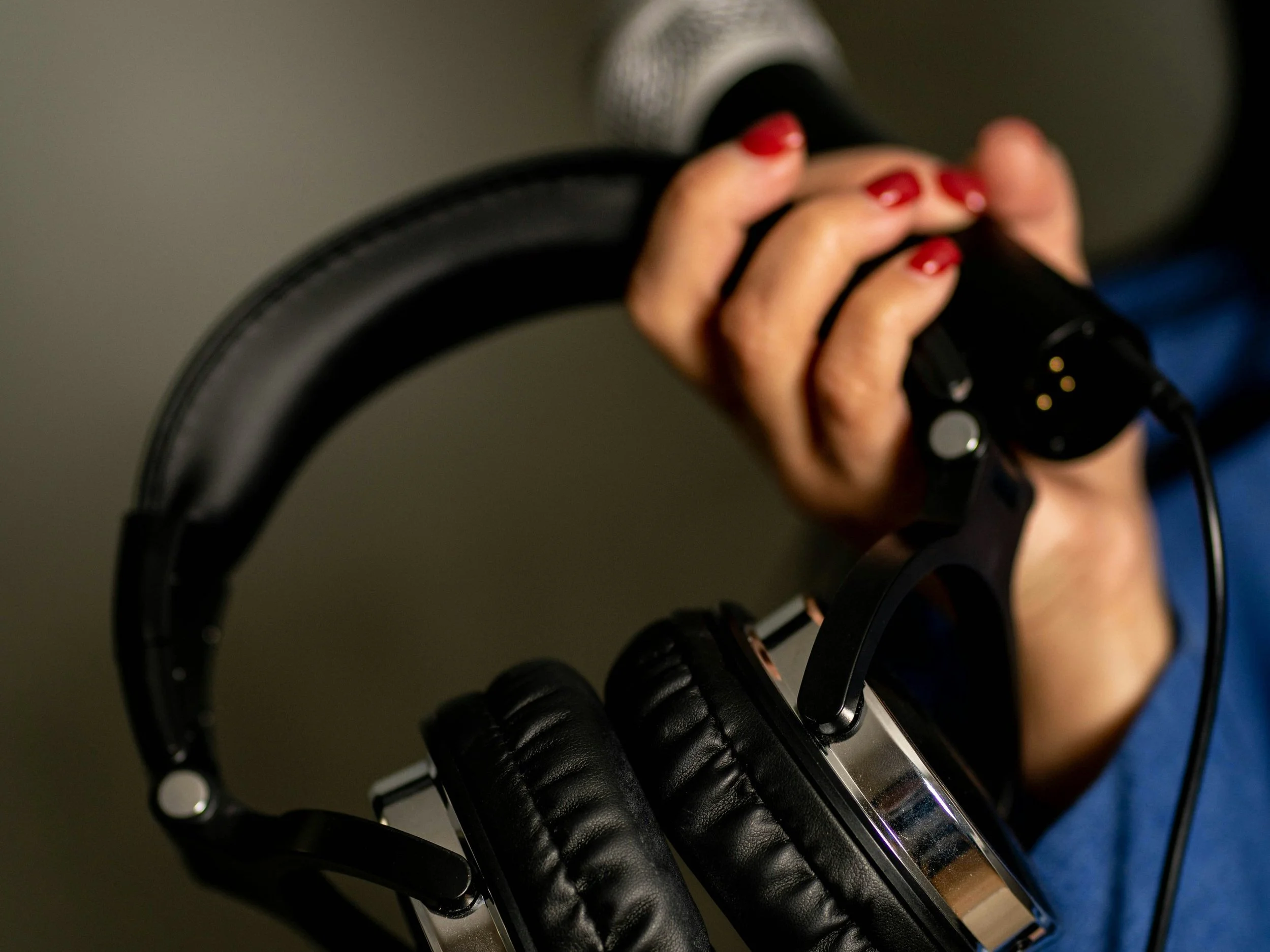








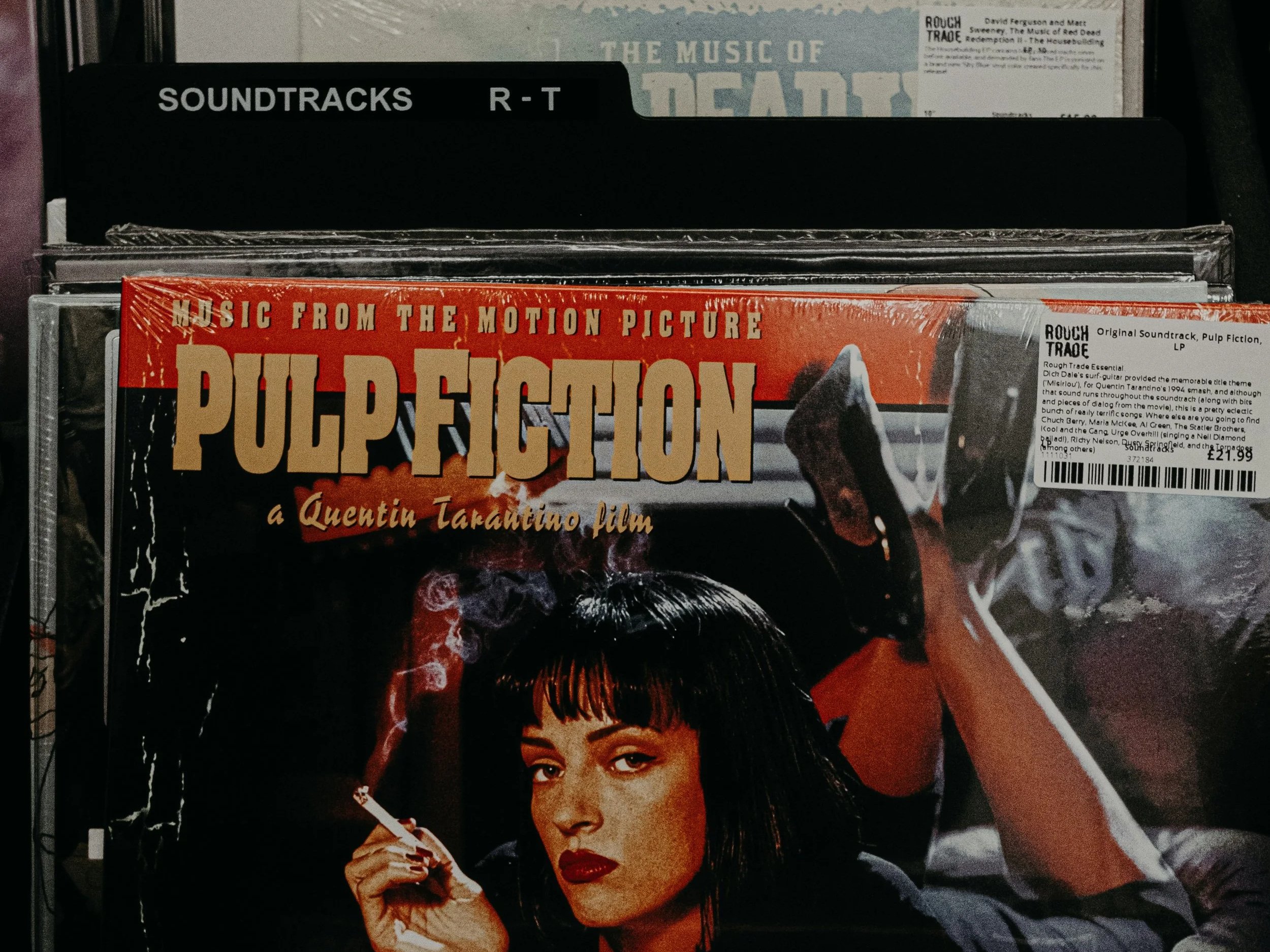






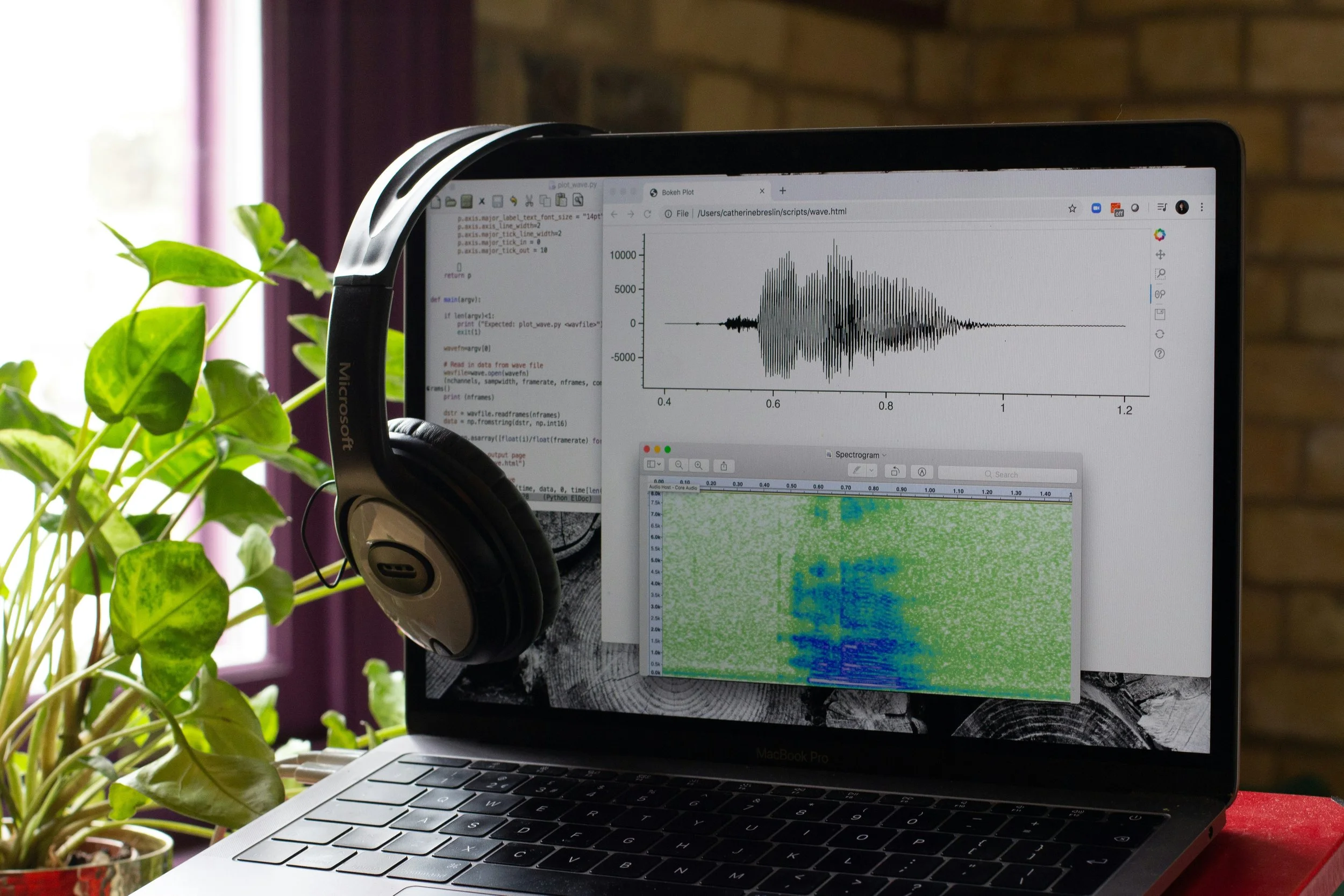





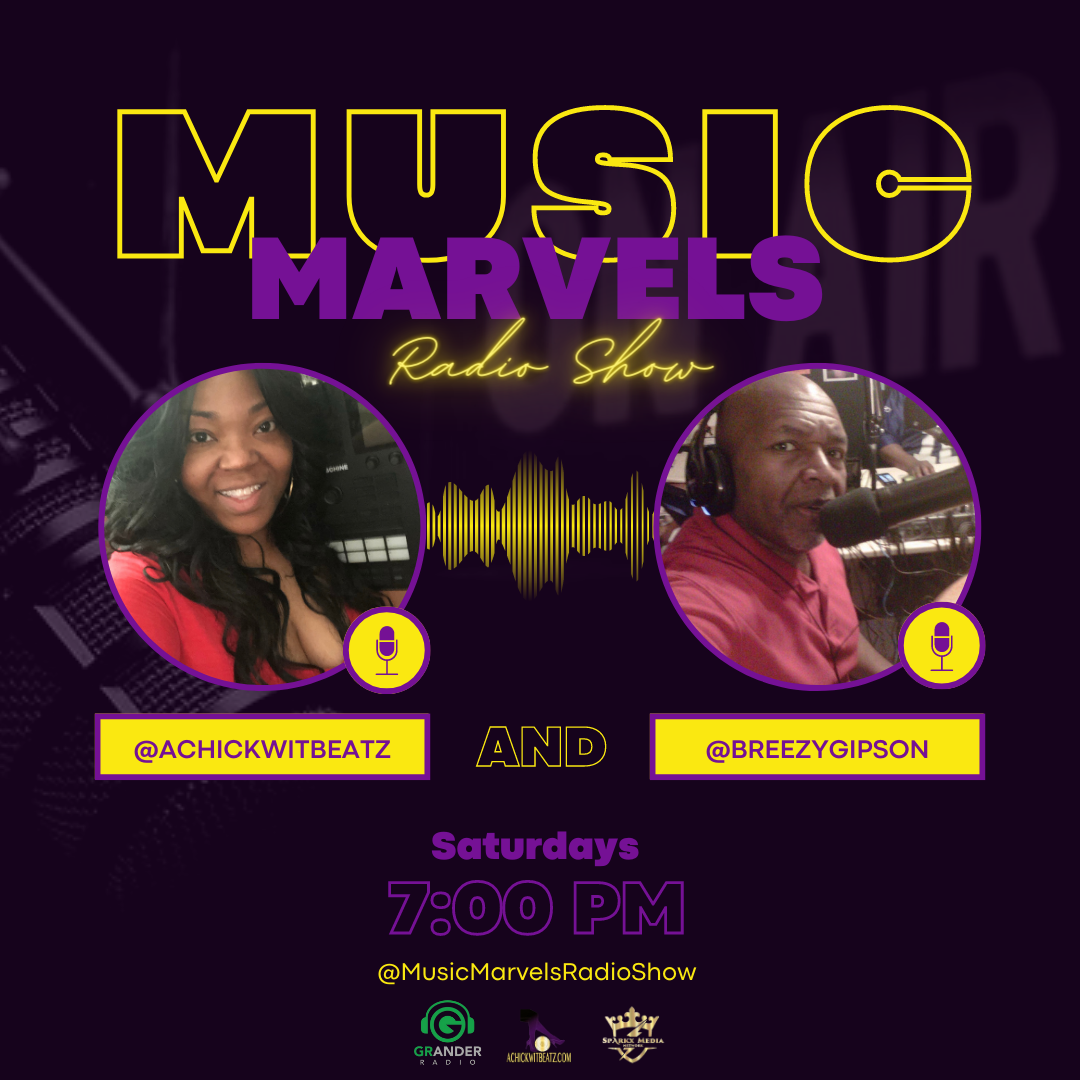
![Hear Here: Achickwitbeatz - Dopamine & Serotonin [Single]](https://images.squarespace-cdn.com/content/v1/52b0b90ae4b0293bfed0d692/1710852808557-EZYGFDIBHLBSIRFOVS1Q/Dopamine+%26+Serotonin.JPG)


